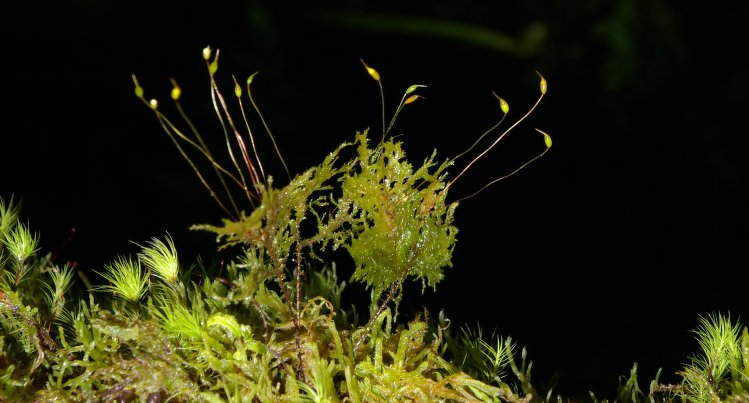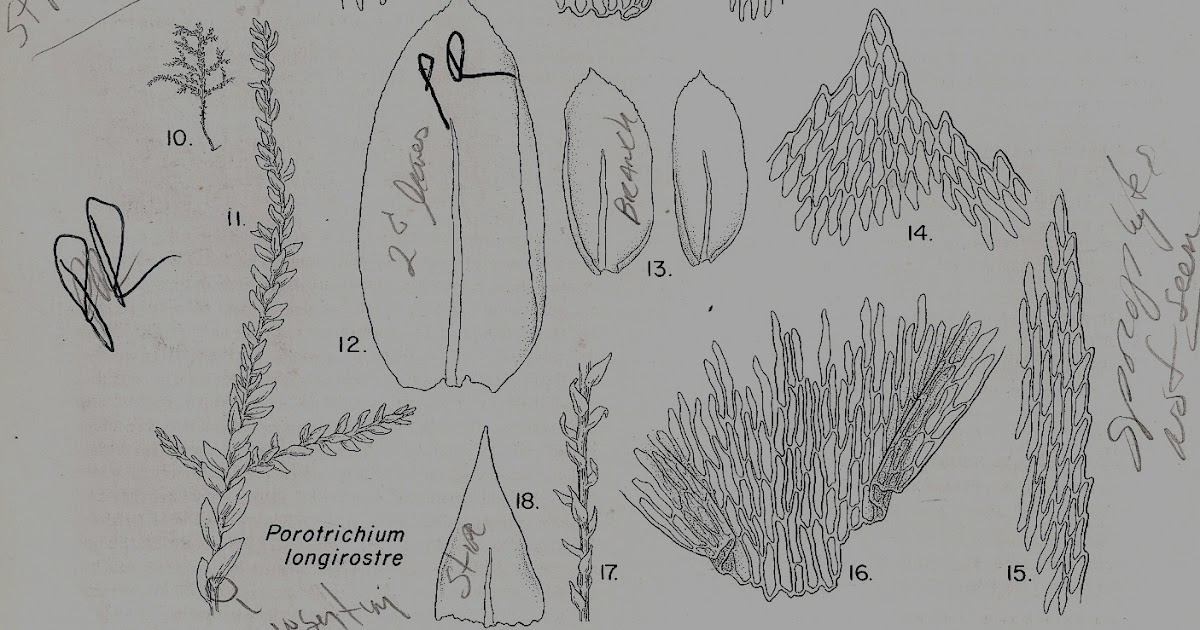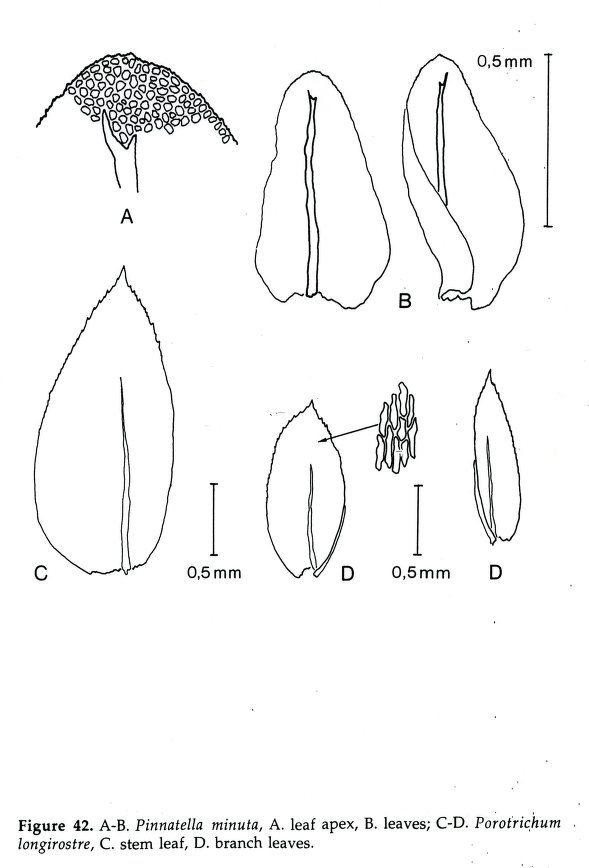
image from: https://plantasdepuertorico.blogspot.com/2017/01/pleurocarpicas-porotrichum-longirostre.html
Exploring the Fascinating World of Porotrichum longirostre Moss
Introduction
Mosses are some of the most ancient and resilient plants on Earth, with over 12,000 species found across the globe. One particularly interesting moss is

image from: https://plantasdepuertorico.blogspot.com/2017/01/pleurocarpicas-porotrichum-longirostre.html
Porotrichum longirostre (Hook.) Mitt., also known simply as Porotrichum. This moss belongs to the Neckeraceae family and has some unique characteristics. In this blog post, we’ll take a closer look at this fascinating bryophyte.
Background

image from: https://plantasdepuertorico.blogspot.com/2017/01/pleurocarpicas-porotrichum-longirostre.html
Porotrichum longirostre is classified under the Bryophyta division and Bryopsida class. The Neckeraceae family contains over 200 species of mosses found in tropical and subtropical regions worldwide. Porotrichum mosses are known for their distinctive branching patterns and shiny, green leaves.

image from: https://plantasdepuertorico.blogspot.com/2017/01/pleurocarpicas-porotrichum-longirostre.html
Morphology and Identification
Porotrichum longirostre has a creeping primary stem with secondary stems that branch out pinnately (resembling a feather). The leaves are ovate-lanceolate in shape, around 1.5-2 mm long, and have a glossy appearance. The leaf margins are entire (smooth-edged) and the leaf tips are acuminate (tapering to a long point).

image from: https://www.flickr.com/photos/85472330@N00/32370172402/
One key identifying feature is the presence of a long, hair-like awn extending from the leaf tip, which gives this moss its species name “longirostre” meaning “long-beaked.” Porotrichum also has a double costa (midrib) that extends 3/4 the length of the leaf.
Global Distribution and Habitat
Porotrichum longirostre has a wide distribution, found in tropical and subtropical regions of the Americas, Africa, and Asia. It typically grows on tree trunks, branches, and rocks in moist, shaded habitats such as rainforests and cloud forests at elevations between 500-2500 meters.

image from: https://www.earth.com/plant-encyclopedia/Bryophytes/Neckeraceae/porotrichum-longirostre/en/
This moss is considered an epiphyte, meaning it grows on other plants for support but does not parasitize them. Porotrichum helps to create microhabitats for other organisms like insects and amphibians in forest ecosystems.

image from: https://www.flickr.com/photos/47945928@N02/50950606473/
Ecological Roles and Adaptations
Like other mosses, Porotrichum plays important ecological roles:
Moisture retention: The dense mats of moss help to trap and retain moisture, preventing soil erosion and regulating humidity in the immediate environment.
Carbon sequestration
image from: https://inaturalist.nz/guide_taxa/1836768
: As photosynthetic organisms, mosses take in CO2 and release oxygen, helping to mitigate climate change effects on a small scale.
Bioindicators: Mosses are sensitive to air and water pollution, so their presence or absence can indicate the health of an ecosystem.
image from: https://lizzieharper.co.uk/product/moss-intermediate-hook-moss/
Porotrichum has adapted to thrive in its shaded, humid habitats. The glossy leaves help to reflect light for photosynthesis in low-light conditions. The hair-like awn may aid in water uptake from fog or dew. Additionally, the creeping and branching growth form allows Porotrichum to efficiently cover surfaces.

image from: https://www.researchgate.net/figure/Figures-23-37-23-Porotrichum-substriatum-Hampe-Mitt-24-Thamnomalia-glabella-Hedw_fig3_321835064
Conclusion
Porotrichum longirostre is a prime example of how even tiny, ancient plants like mosses can have fascinating morphologies and important ecological impacts. The next time you’re in a tropical forest, take a closer look at the mossy branches – you might just spot some Porotrichum! What other amazing bryophytes have you encountered on your adventures?